Embracing the Ethos of Leave No Trace in Nepal: A Guide for Trekkers
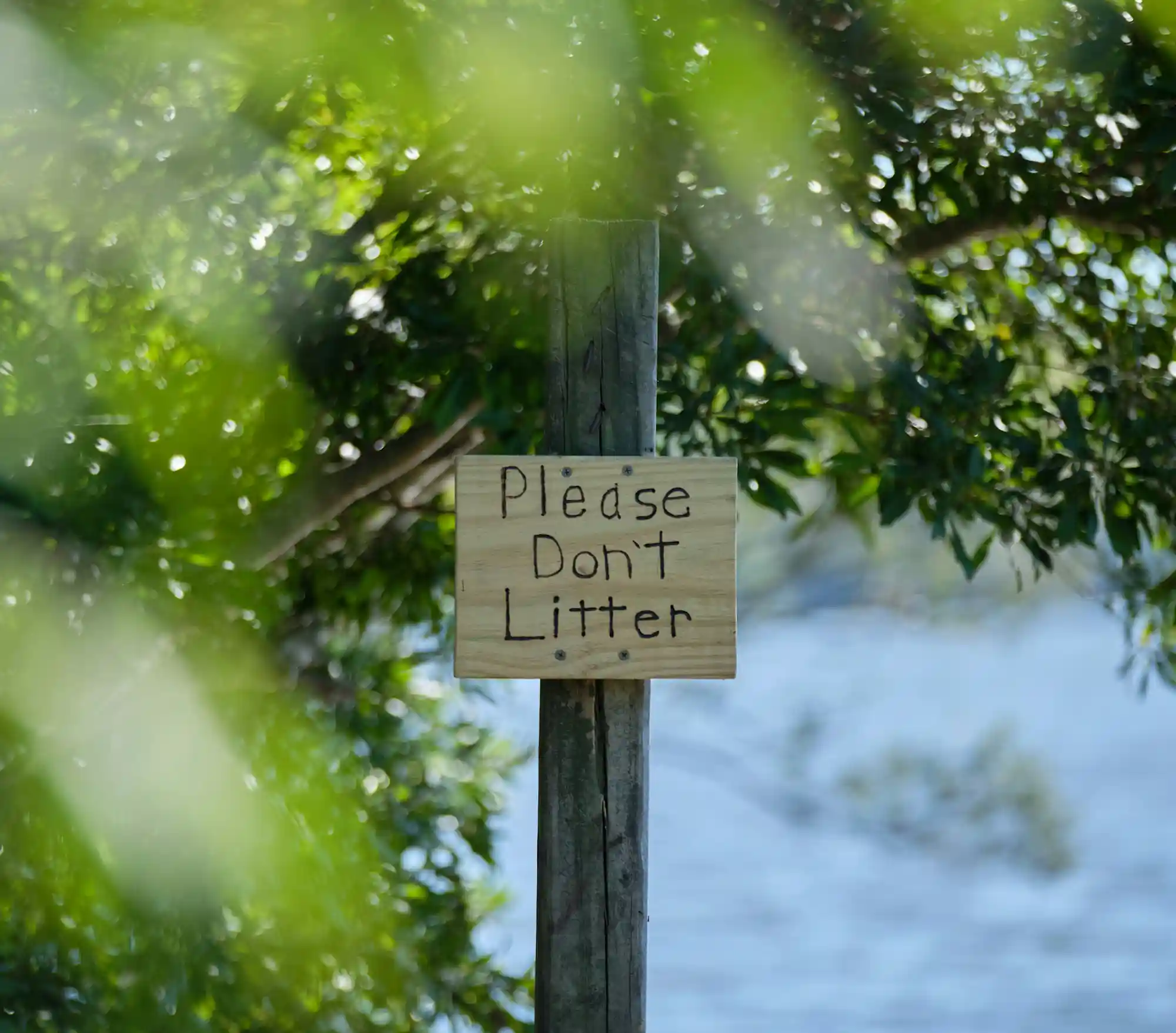
Nepal, with its breathtaking landscapes, towering peaks, and rich cultural heritage, is a paradise for trekkers. However, the growing popularity of trekking routes in Nepal also brings challenges related to environmental conservation and sustainable tourism. Adopting the principles of Leave No Trace (LNT) is essential for preserving the pristine beauty and ecological balance of this Himalayan nation. This blog will guide you through the principles of Leave No Trace and how to apply them on all trekking routes in Nepal, ensuring that your adventure is both responsible and respectful to nature and local communities.
Understanding Leave No Trace
Leave No Trace is a set of seven principles designed to minimize human impact on the environment. These principles are universally applicable and particularly relevant in sensitive ecosystems like those found in Nepal. Here’s a closer look at each principle and how you can implement them during your trek:
- Plan Ahead and Prepare
- Research your chosen trekking route thoroughly. Understand the specific regulations, weather conditions, and cultural practices.
- Pack appropriately to minimize waste and avoid carrying disposable items. Bring reusable water bottles, food containers, and bags.
- Be aware of the physical demands of the trek and ensure you are adequately prepared to minimize the risk of accidents and the need for emergency rescues.
- Travel and Camp on Durable Surfaces
- Stick to established trails and campsites. Avoid creating new paths, which can lead to soil erosion and habitat destruction.
- Use designated camping areas to minimize impact on vegetation and wildlife. If camping in the wilderness, choose durable surfaces like rock, gravel, or dry grass.
- Dispose of Waste Properly
- Carry out all non-biodegradable waste, including packaging, batteries, and sanitary products. Do not leave any trash behind.
- Use biodegradable soap sparingly and away from water sources. Carry a trowel to dig a cat hole for human waste, at least 200 feet away from water sources and trails. Cover and disguise the hole afterward.
- Leave What You Find
- Preserve the natural and cultural heritage of Nepal by leaving rocks, plants, and historical artifacts untouched.
- Avoid picking flowers or disturbing wildlife. Photographs and memories are the best souvenirs you can take.
- Minimize Campfire Impact
- Use a portable stove for cooking instead of building a campfire. This helps prevent wildfires and reduces the impact on local wood resources.
- If you must build a fire, use established fire rings and keep the fire small. Burn only small sticks and make sure the fire is completely extinguished before leaving.
- Respect Wildlife
- Observe wildlife from a distance. Do not feed animals or attempt to touch them, as this can alter their natural behaviors and put both you and the animals at risk.
- Store food securely to avoid attracting wildlife to your campsite. Use bear-proof containers if available.
- Be Considerate of Other Visitors
- Respect the experience of other trekkers by keeping noise levels down and yielding the trail when necessary.
- Follow the cultural norms and etiquette of local communities. Be courteous and mindful of local customs and traditions.
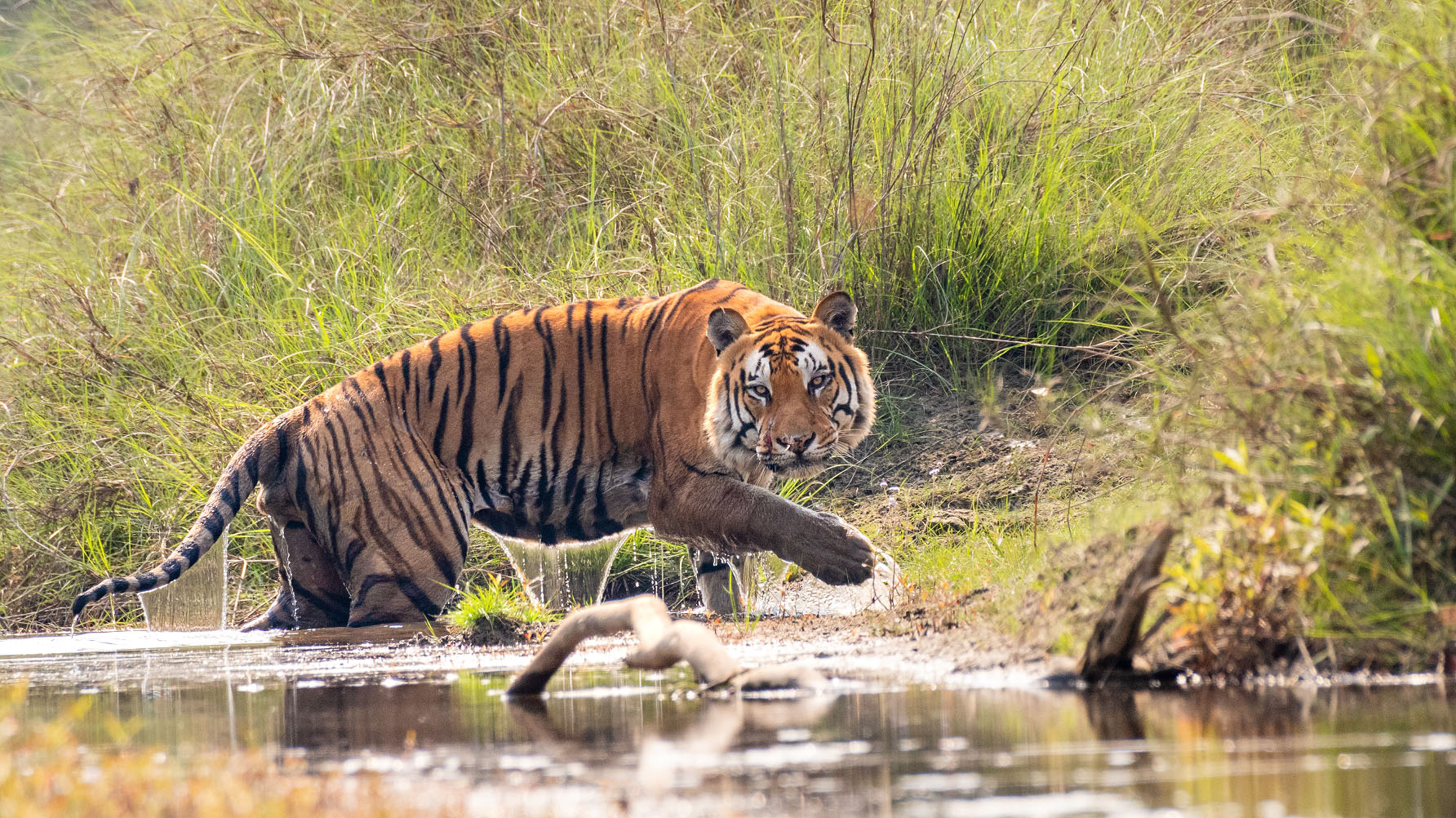
Applying Leave No Trace on Popular Trekking Routes in Nepal
Nepal offers a variety of trekking routes, each with its unique challenges and beauty. Here’s how you can practice Leave No Trace on some of the most popular treks:
Everest Base Camp Trek
- Preparation: The Everest Base Camp trek is a high-altitude trek with demanding conditions. Plan thoroughly and prepare for altitude sickness.
- Travel on Durable Surfaces: Stick to the well-trodden path and use established campsites. The trail is well-marked, and straying off can cause damage to fragile ecosystems.
- Waste Management: Utilize the waste disposal facilities provided in teahouses. Carry out all personal trash, including used toilet paper and packaging.
- Wildlife Respect: The Sagarmatha National Park is home to unique wildlife. Observe yaks, birds, and other animals from a distance.
Annapurna Circuit Trek
- Preparation: The Annapurna Circuit passes through diverse climates and terrains. Pack versatile clothing and gear to handle varying conditions.
- Dispose of Waste Properly: Take advantage of the waste management systems in teahouses. Refill water bottles at safe, designated points to reduce plastic waste.
- Respect Wildlife: The Annapurna Conservation Area has rich biodiversity. Do not disturb the animals or their habitats, particularly in high-altitude regions.
Langtang Valley Trek
- Travel on Durable Surfaces: Stay on the designated trails to avoid damaging the valley’s fragile ecosystem, recovering from the 2015 earthquake.
- Leave What You Find: The Langtang Valley is culturally rich with monasteries and ancient relics. Respect these sites by leaving them undisturbed.
- Campfire Impact: Use teahouses for meals to reduce the need for campfires. If you do camp, use a stove for cooking.
Manaslu Circuit Trek
- Respect Local Communities: The Manaslu region has many traditional villages. Respect local customs and ask for permission before taking photos of people and places.
- Waste Management: The remoteness of this trek means fewer facilities. Be extra diligent in carrying out all waste and using biodegradable products.
- Minimize Campfire Impact: Given the scarcity of resources, avoid making campfires. Use a portable stove instead.
Upper Mustang Trek
- Preparation: This trek requires special permits due to its restricted area status. Ensure all paperwork is in order and understand the regulations.
- Travel on Durable Surfaces: The arid, rocky landscape of Upper Mustang is delicate. Stay on established paths to prevent erosion.
- Respect Wildlife: The unique ecosystem here includes endangered species. Do not disrupt their natural habitat by making loud noises or leaving food out.
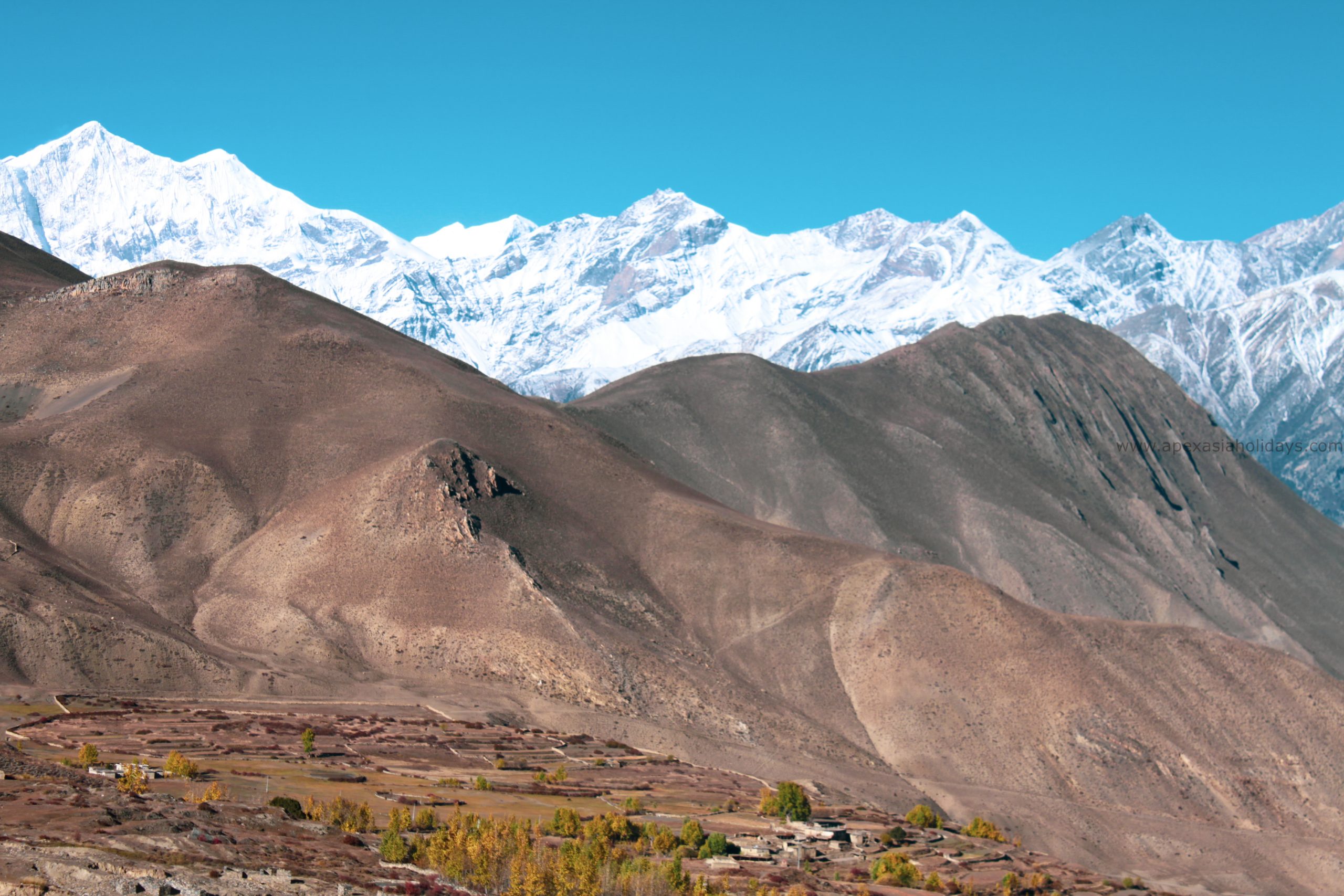
Responsible Trekking: A Shared Responsibility
Practicing Leave No Trace principles is a shared responsibility among all trekkers. By committing to these guidelines, we can help preserve Nepal’s stunning landscapes and rich cultural heritage for future generations. Here are some additional tips to enhance your responsible trekking experience:
- Educate Others: Share your knowledge of Leave No Trace principles with fellow trekkers. Encourage others to adopt responsible practices.
- Support Local Initiatives: Participate in local conservation projects or clean-up drives. Many trekking agencies and NGOs organize such activities.
- Choose Sustainable Tour Operators: Select trekking companies that prioritize sustainable practices and have a clear commitment to environmental conservation.
- Use Eco-Friendly Products: Opt for biodegradable toiletries, reusable water bottles, and eco-friendly gear.
- Contribute to Conservation Funds: Many trekking routes have conservation fees. These funds support local conservation efforts, so ensure you pay them.
Conclusion
Trekking in Nepal offers an unparalleled opportunity to connect with nature, challenge yourself physically, and immerse in rich cultural experiences. By adhering to the principles of Leave No Trace, you can ensure that your adventure has a minimal environmental impact and contributes positively to the preservation of Nepal’s natural and cultural heritage.
As you traverse the trails, from the towering heights of Everest Base Camp to the mystical landscapes of Upper Mustang, remember that each step you take has the power to impact the environment. Embrace the ethos of Leave No Trace and become a steward of these pristine landscapes, ensuring that their beauty and integrity remain intact for generations to come.
Related Stories & Blogs
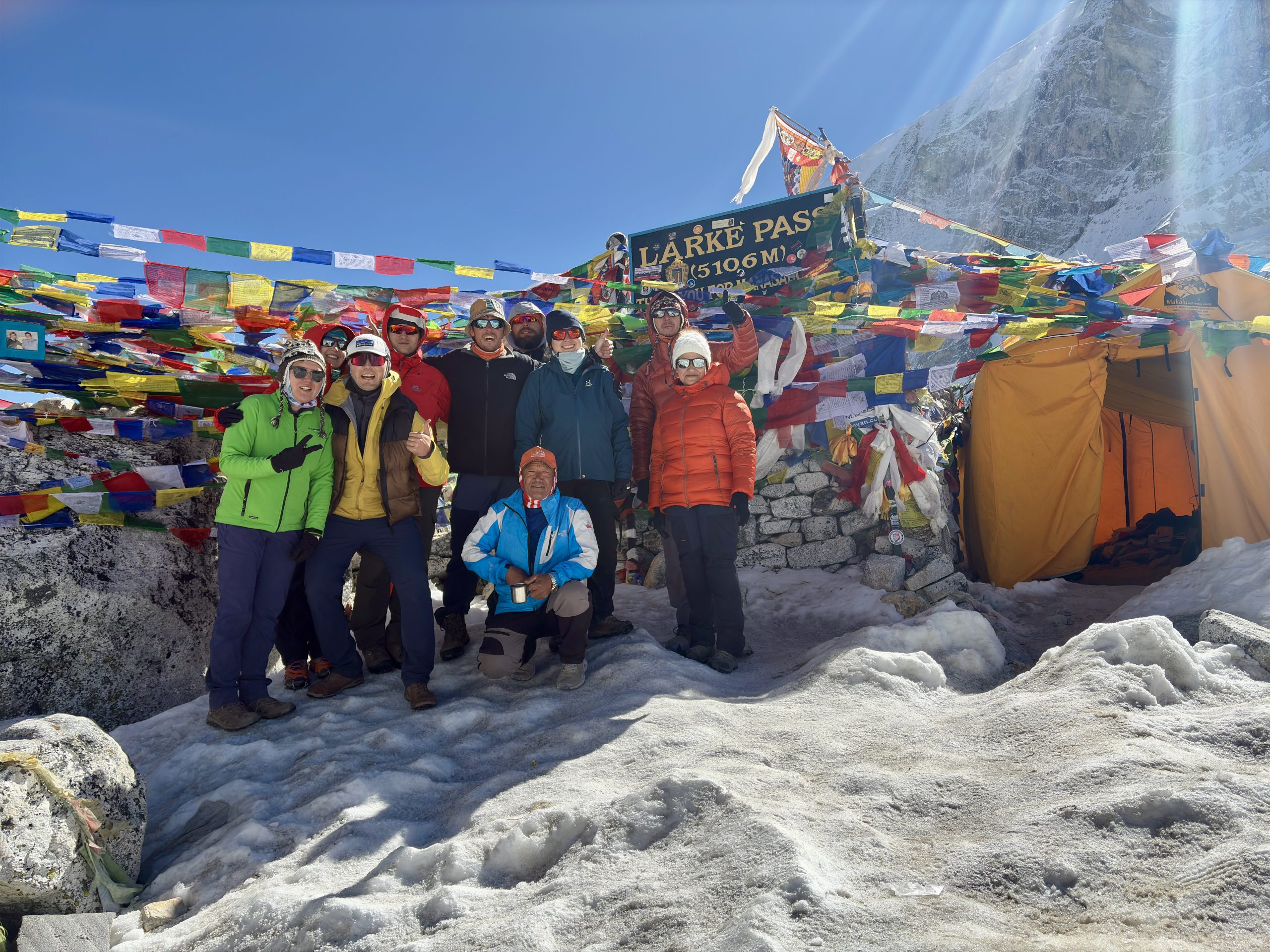
March 21, 2025
Larke La Pass (5,106m): A Breathtaking Himalayan Adventure
Larke La Pass (5,106m): A Breathtaking Himalayan Adventure Nestled within the heart of Nepal’s Manaslu Conservation Area, Larke La...

March 14, 2025
Entry Fees for Heritage Sites and Museums in Nepal
When planning your city tour in Nepal, it’s essential to be aware of the entry fees for various heritage...
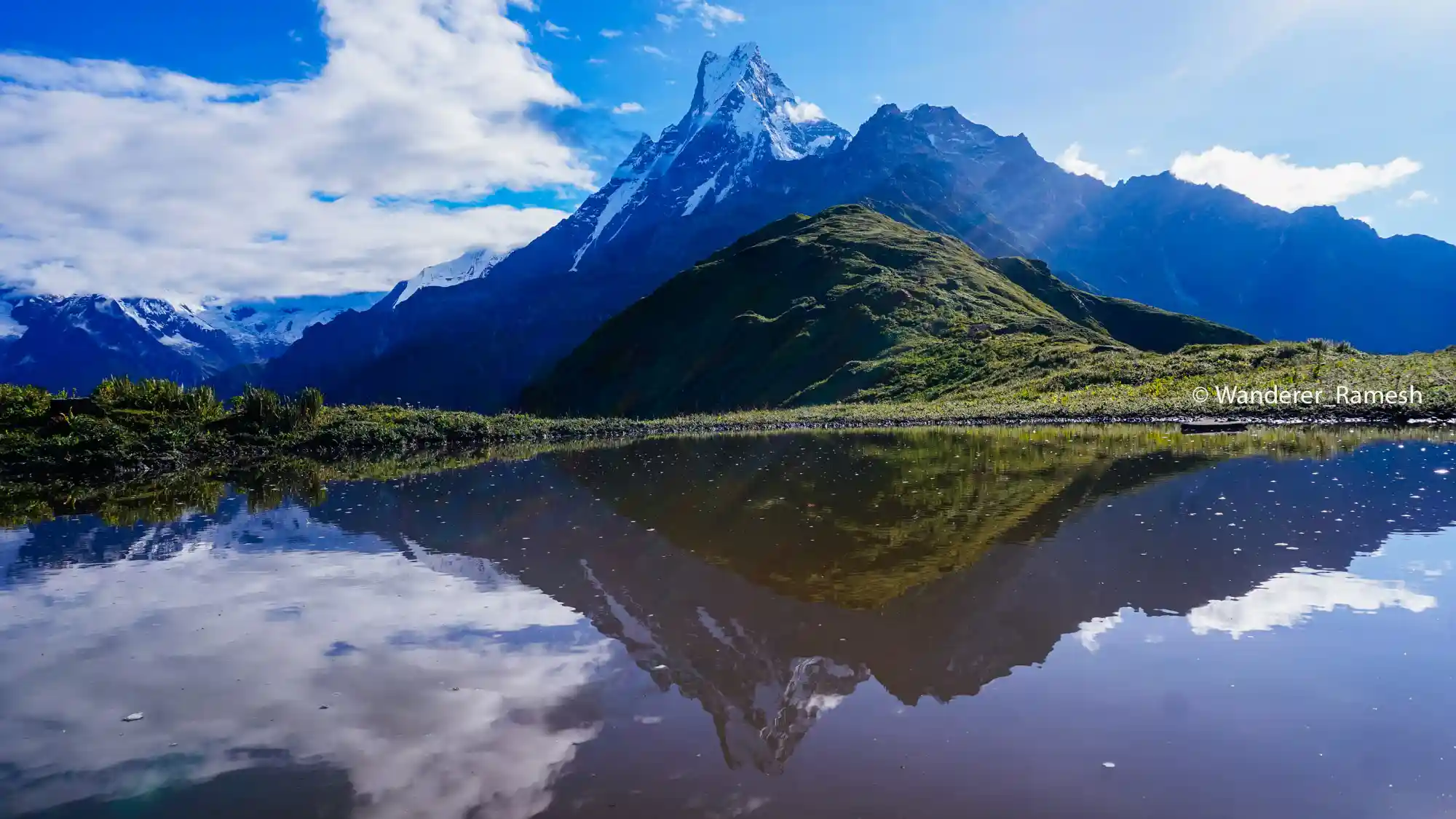
March 12, 2025
List of Hotels on the Mardi Himal Base Camp Trek
Are you looking for accommodation along the Mardi Himal Trek route? You will primarily find teahouses, guesthouses, and basic...
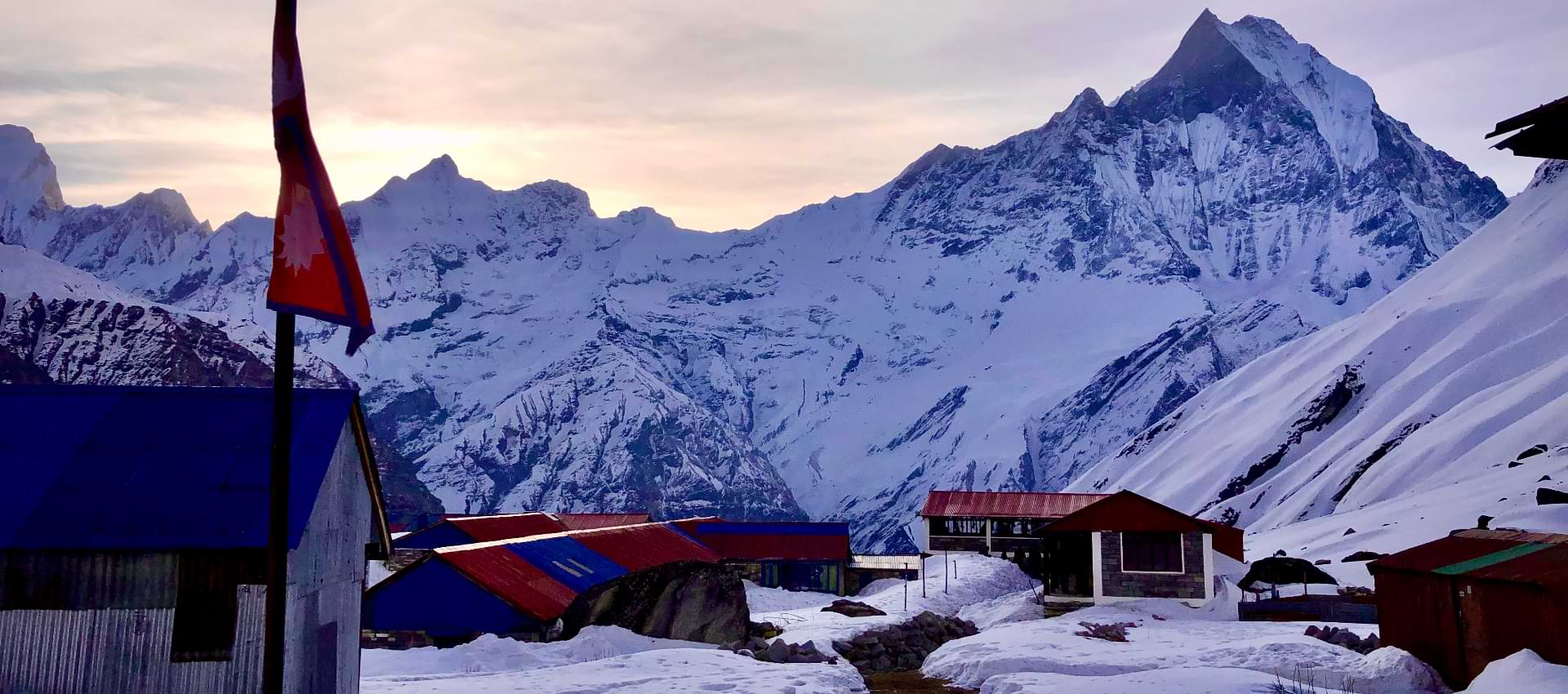
March 10, 2025
Hotel Names and Contact Numbers on the Annapurna Base Camp Trek
Hotel Names and Contact Numbers on the Annapurna Base Camp Trek The availability of hotels and guesthouses along the...
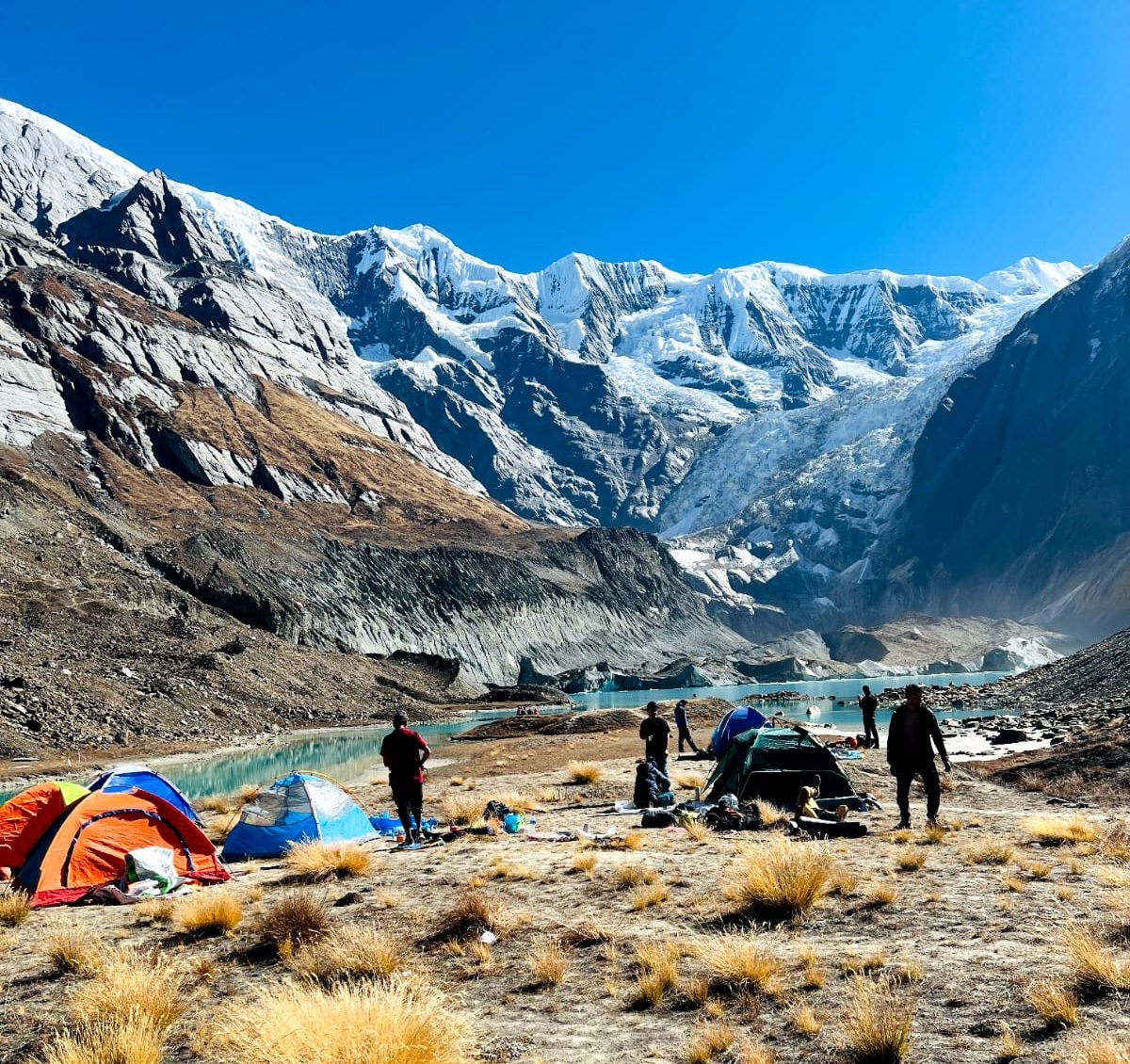
January 09, 2025
Journey to the Hidden Gem: North Annapurna Base Camp Trek
The wind carried a faint whisper of adventure as I set foot in Narchang village, the gateway to one...
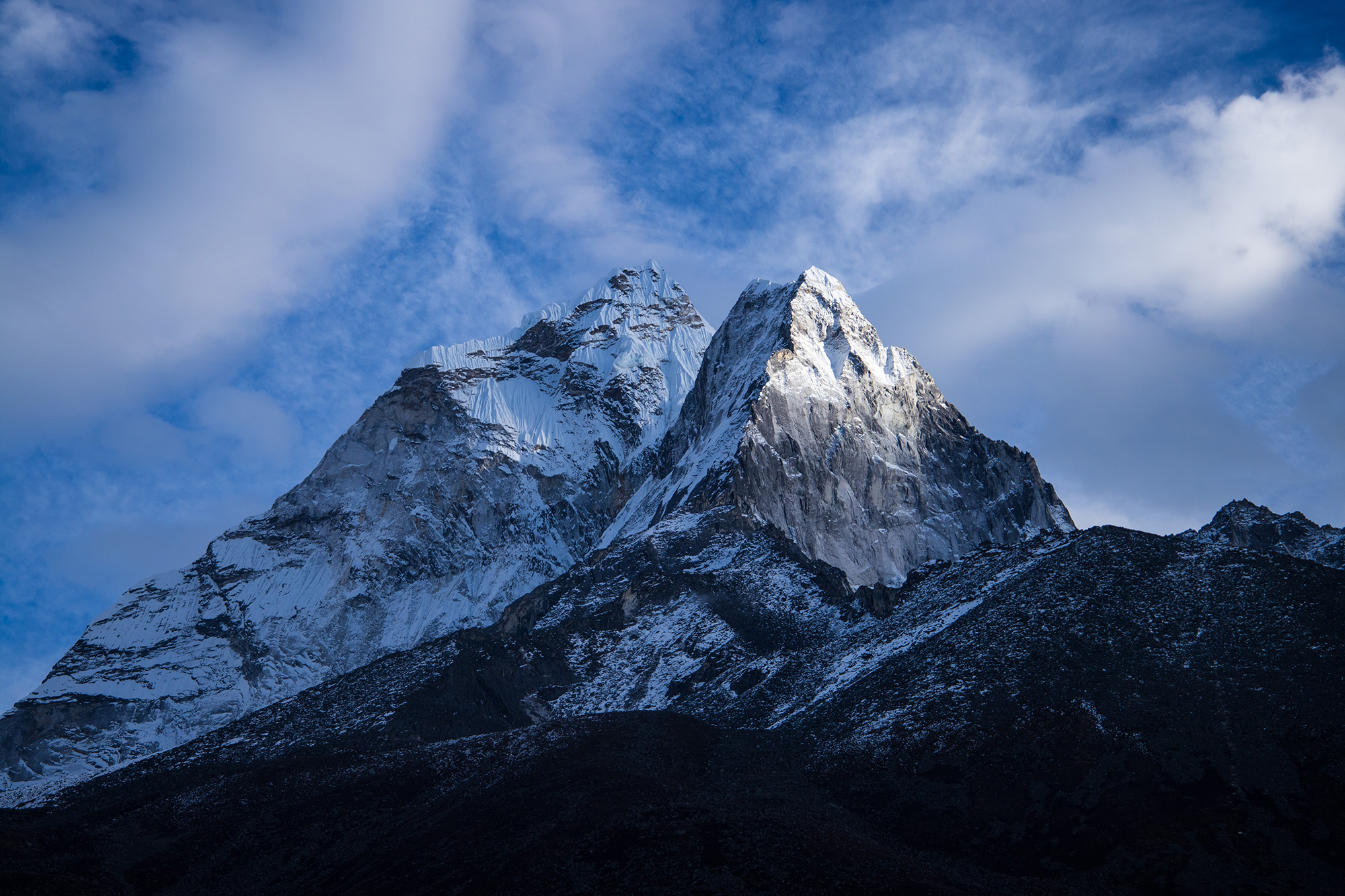
January 07, 2025
The Importance of Acclimatization Days on the Everest Base Camp Trek
The Importance of Acclimatization Days The Everest Base Camp (EBC) Trek is one of the most iconic journeys for...
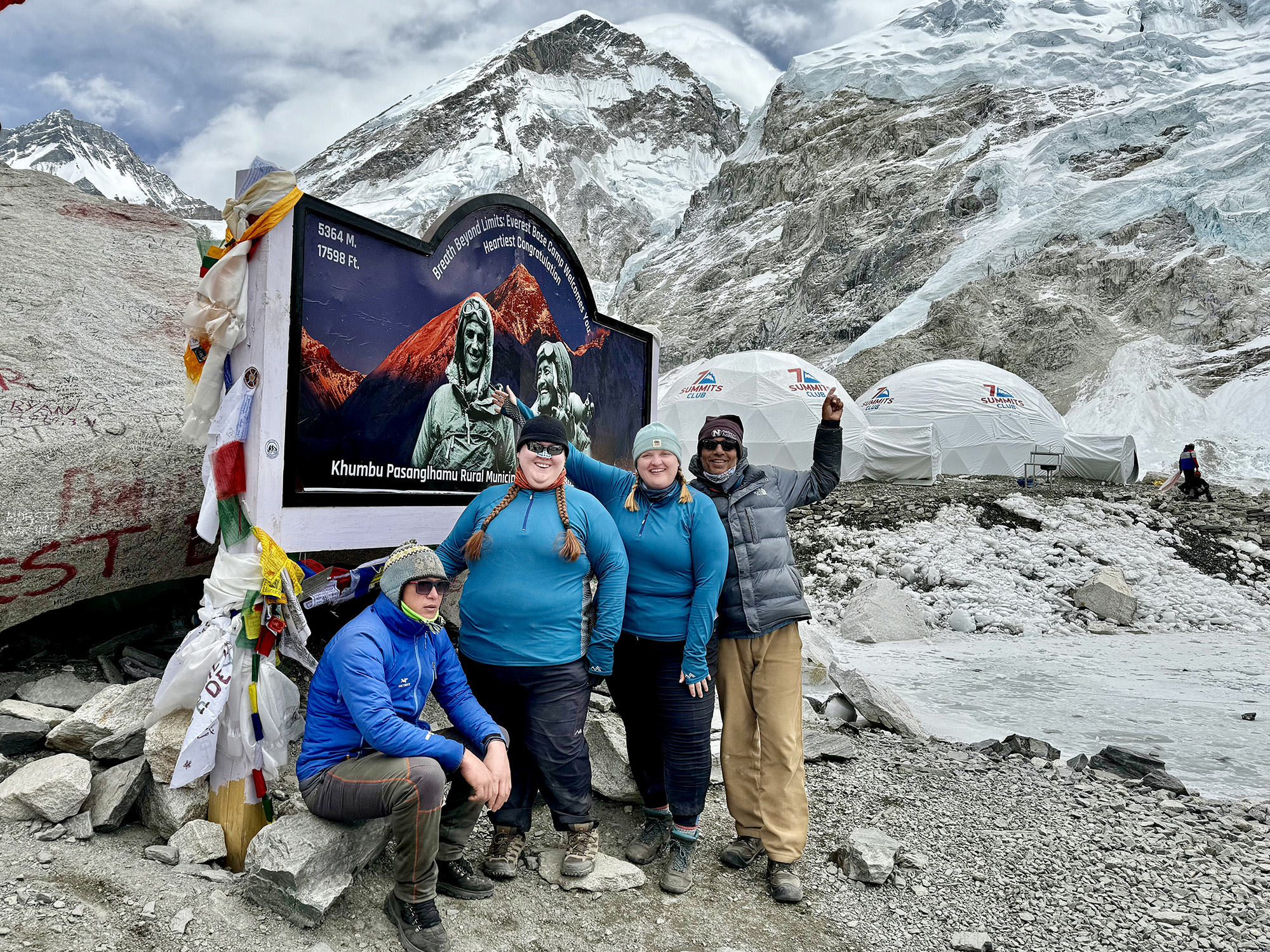
January 03, 2025
Everest Base Camp: A Journey to the Roof of the World
Every step on the Everest Base Camp (EBC) Trek carries you closer to the roof of the world, where...
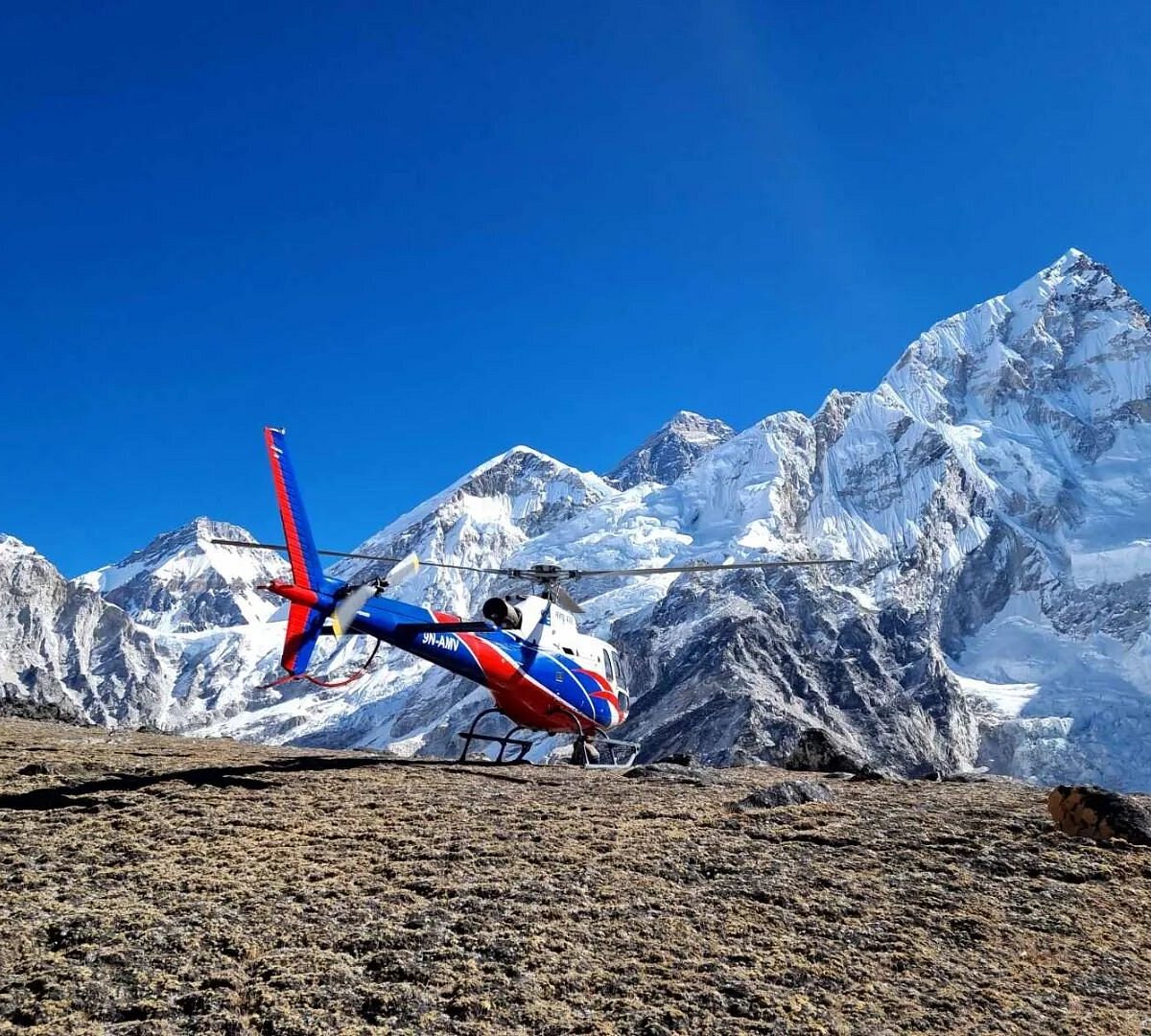
December 27, 2024
Everest Helicopter Sightseeing Ban: What Travelers Need to Know
Effective January 1, 2025, Nepal’s Sagarmatha National Park has implemented a ban on Everest helicopter sightseeing flights. This decision...
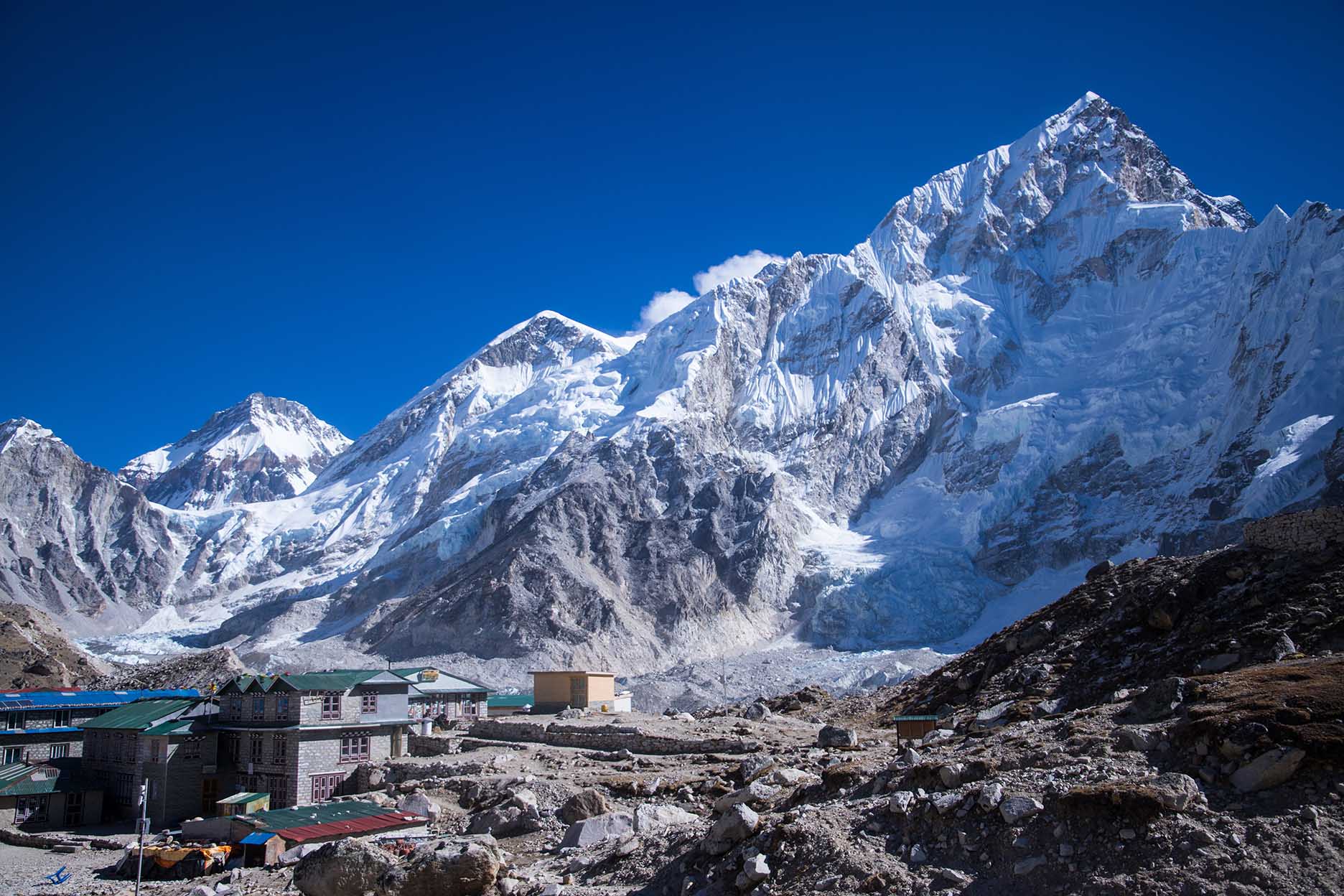
December 20, 2024
Your Ultimate Guide to Everest Base Camp Trek Itineraries
The Everest Base Camp (EBC) trek is a dream journey for adventurers and mountain enthusiasts around the globe. With...

 ramesh
ramesh